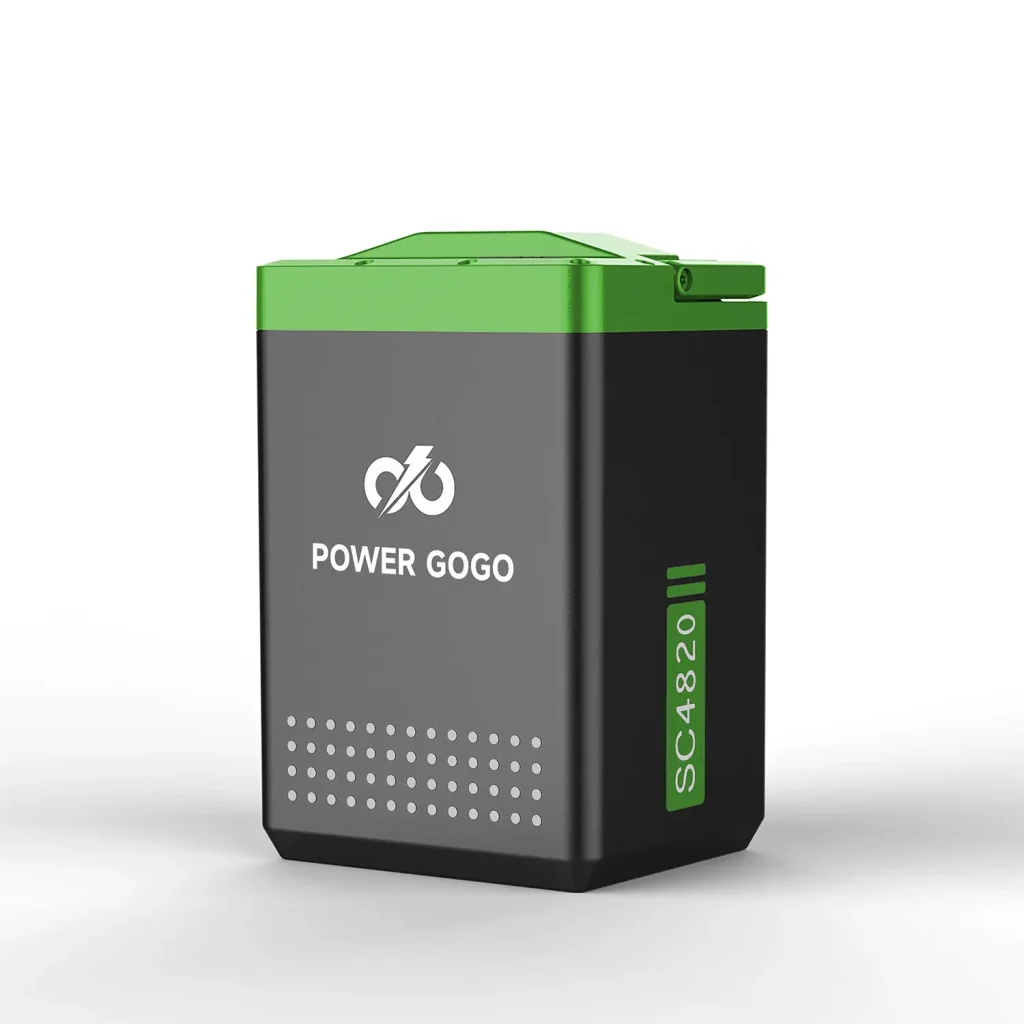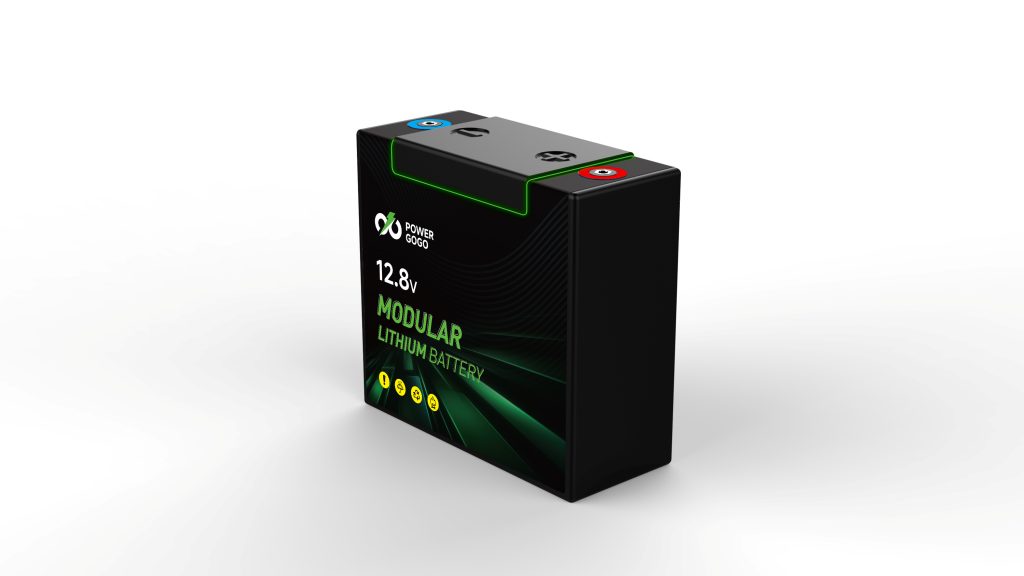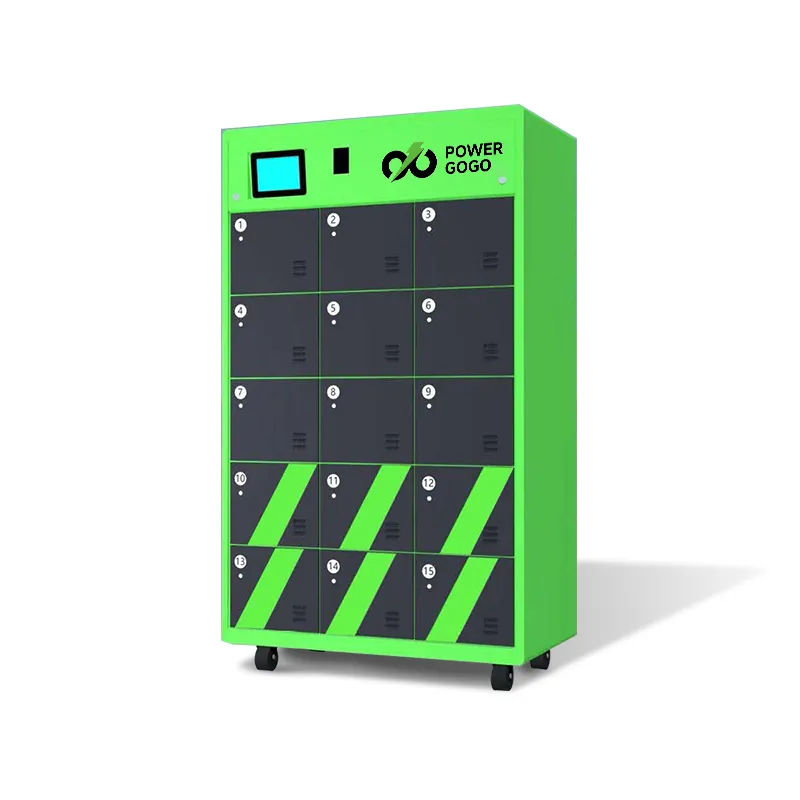

In the rapidly evolving landscape of electric vehicle (EV) fleets, one-size-fits-all battery solutions are no longer sufficient. Enterprise fleets—from last-mile delivery companies to urban transit operators—face diverse operational demands, including varying range requirements, terrain challenges, and vehicle types. Modular battery design has emerged as a game-changing solution, enabling fleets to scale efficiently while reducing upfront and long-term costs. Here’s why this approach is indispensable for B2B success, with the PowerGoGo advantage at its core.
The Challenge: Standardized batteries force fleets to compromise on performance. For example:
Our modular batteries offer adjustable voltage (48V–72V) and scalable capacity (100Ah–200Ah+), allowing fleet managers to:
• Match Vehicle Types: Pair 48V batteries with lightweight scooters for urban delivery and 72V batteries with heavy-duty e-rickshaws for cargo transport.
• Optimize for Routes: Deploy high-capacity batteries on long routes (e.g., 200Ah for 150 km range) and compact batteries on short loops (e.g., 120Ah for 80 km range).
• Data Insight: A Southeast Asian logistics fleet reduced battery waste by 30%by switching to modular designs, as they no longer over-procured standardized high-voltage batteries for low-demand routes.
Standard batteries often require fleets to invest in the “highest common denominator” solution—e.g., purchasing 72V batteries for all vehicles, even if 60% of the fleet operates on flat terrain. This leads to:
• Higher Purchase Costs: Over-specification increases battery procurement expenses by 15–20%.
• Energy Waste:High-voltage batteries in low-demand scenarios underperform, reducing energy efficiency by up to 10%.
• Right-Sizing Investments:Fleets can purchase batteries specific to each vehicle’s needs, avoiding overspending. For example, a 500-vehicle fleet using a mix of 48V and 72V batteries saved $250,000 upfront compared to a standardized 72V fleet.
• Reusable Components:Modular designs share common connectors and BMS systems across voltage/capacity tiers, reducing R&D and integration costs for manufacturers by 25%.

As fleets expand into new regions or add vehicle types, fixed-battery systems require costly retrofits or full replacements. For instance:
• A fleet expanding from city centers to suburban areas may need higher-range batteries, rendering existing low-capacity units obsolete.
• Government mandates for stricter emission standards could force fleets to upgrade battery tech, leading to sunk costs in legacy systems.
• Plug-and-Play Expansion: Add batteries of varying specs to accommodate new routes or vehicles without redesigning infrastructure. PowerGoGo’s swap cabinets support mixed battery types, enabling fleets to scale from 50 to 5,000 vehicles seamlessly.
• Future-Proofing: Modular systems adapt to emerging technologies (e.g., higher-energy-density cells) through component upgrades, not full battery replacements. This extends the lifecycle value of investments by 3–5 years.
• Case Study: A European delivery fleet scaled from 200 to 1,200 vehicles in 18 months using modular batteries, achieving a 40% faster deployment time compared to competitors using fixed systems.
Standardized batteries require uniform maintenance protocols, even if individual batteries face different wear patterns. This leads to:
• Inefficient Repairs: Overhauling entire fleets for issues affecting only high-use batteries.
• Data Gaps: Inability to monitor performance at a granular level (e.g., per vehicle, per route).
• Targeted Maintenance: Modular BMS systems track each battery’s health (e.g., charge cycles, temperature exposure) and flag issues specific to voltage/capacity tiers. This reduces downtime by 22% by addressing problems before they escalate.
• Dynamic Fleet Rebalancing: Reallocate batteries between vehicles as needs change. For example, shift 200Ah batteries from off-peak delivery routes to peak-demand zones, optimizing utilization by 18%.
Standardized batteries require uniform maintenance protocols, even if individual batteries face different wear patterns. This leads to:
• Inefficient Repairs: Overhauling entire fleets for issues affecting only high-use batteries.
• Data Gaps: Inability to monitor performance at a granular level (e.g., per vehicle, per route).
• Targeted Maintenance: Modular BMS systems track each battery’s health (e.g., charge cycles, temperature exposure) and flag issues specific to voltage/capacity tiers. This reduces downtime by 22% by addressing problems before they escalate.
• Dynamic Fleet Rebalancing: Reallocate batteries between vehicles as needs change. For example, shift 200Ah batteries from off-peak delivery routes to peak-demand zones, optimizing utilization by 18%.

Our modular battery ecosystem is designed with B2B scalability in mind:
• Open Architecture: Compatible with third-party vehicles and swapping stations, ensuring flexibility for multi-brand fleets.
• Cost Transparency: Clear pricing tiers for voltage/capacity options, enabling accurate TCO modeling (e.g., a 72V 200Ah battery costs 30% more than a 48V 100Ah unit, reflecting exact performance differences).
• Global Support Network: Localized engineering teams assist with battery customization, the ensuring alignment with regional regulations (e.g., AIS 156 compliance in India, UN ECE R100 in Europe).
For enterprise fleets, modular battery design is not just a technical feature—it’s a strategic imperative. By aligning battery specs with real-world operational needs, fleets can:
• Cut upfront costs by 15–30% through right-sizing.
• Accelerate scalability by 40% with plug-and-play flexibility.
• Improve ROI by 25% via extended battery lifespans and targeted maintenance.

Specification No. Item Parameters R...

Specification No. Item Parameter ...

Product Appearance Specification Na...